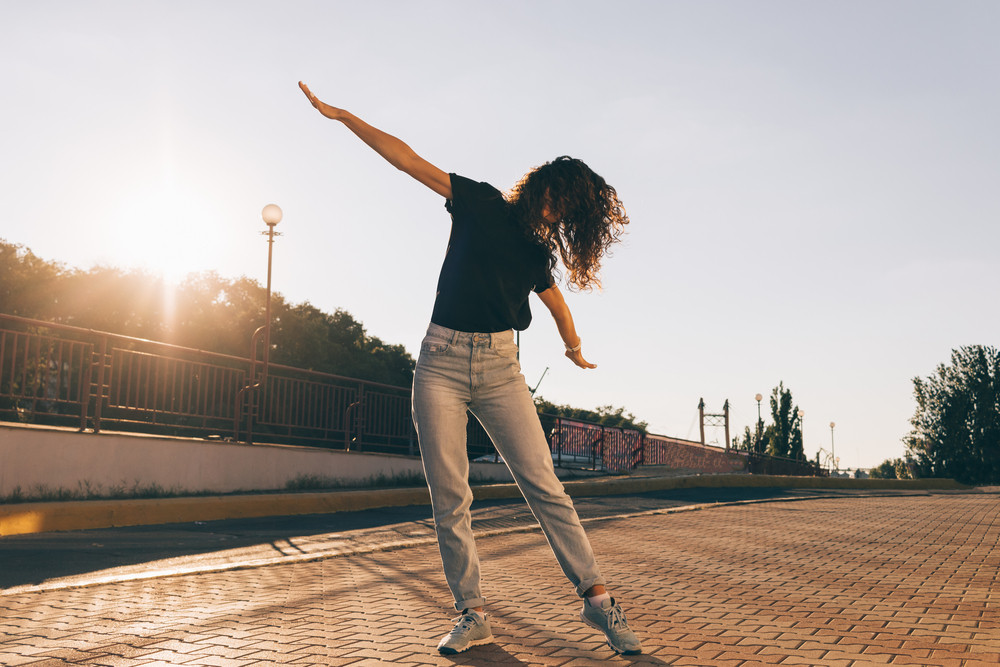
Dancing is one of the universal forms of expression and art around the world, along with music and some others. In fact, dancing serves many functions in the past and present, not just recreation. In past societies and lower-tech modern ones, dancing is sometimes used to impress others and convey a message, or even be a part of a rite of passage. Many dancers wear certain outfits or accessories during their work, from tribesmen in rural Africa to Native Americans performing war dances or rain dances. Some dancing is done with the dancer using noise-making accessories or handheld decorations to accentuate their dance and give it extra meaning.
In the modern context of dancing in North America and Europe, meanwhile, dancing is largely recreational, and can be a source of entertainment, exercise, and bonding with others. For these reasons and more, dance classes can be taken nearly anywhere, and dance classes can be done at local dance studios when an interested party looks them up. Salsa dance lessons or ballroom dance classes may be found with an online search such as “dance classes Worcester MA” or “salsa dance lessons in San Diego CA” something to that effect. What is there to know about the health benefits of dancing today, and when might someone take an interest in dance classes?
Dancing Styles
Many different types of dances exist in the world today, and many of them practiced in the United States or Europe originate in those regions. The waltz is often considered the quintessential classical dance, set to a 3/4 time signature score and involving a simple but elegant pattern of steps and moves. This is a partner type of dance, when it is done in pairs, most often an adult man and woman. This is often the default “classy” dance done in Europe and the United States and Canada today, but it is not alone. In many parts of Europe or North America, regional specialty dances are performed as well. Spain, for example, is home to both Bolero and the Flamenco. Bolero dancing originated in the late 1700s and is set to a 3/4 time signature, and it is a smooth, sophisticated, and sentimental ballroom dance to perform. The famed Flamenco is performed by a solo dancer, usually a woman, and is based on music with a guitar, hand clapping, a drum, and singing. The dancer may wear a gown and also have handheld fans to accentuate her moves. The polka dance, meanwhile, originated in Czech Bohemian regions and is popular throughout Europe, as well as the United States later on.
North and South America have other dances to offer. The salsa dance is a popular one that originates from Latin America, and gets its name from the wide variety of inspirations and sources for its many different moves. Many dance studios in North America teach salsa, especially in regions that have many Latin populations such as Florida. Meanwhile, the United States is home to popular dances such as the Charleston, born in the 1920s, and square dancing (another partner based dance), popular among rural southern Americans.
When to Learn Dancing
A number of occasions call for dance classes, such as an upcoming school dance or senior prom. High schoolers often look forward to school dances, and they will want not only the right outfits but also the right moves for that occasion. Many teenagers may choose to sign up for dance classes in their area in the weeks leading up to their prom or homecoming dance, and this can pay off at the big dance later on. Among adults, meanwhile, dance classes are a popular activity during dates, partly because many dances are partner-based and may have romantic connotations. Not only that, but dancing is also a healthy exercise, and a person may burn some calories after a half hour of dancing. Exercise is known for releasing dopamine and other feel-good hormones, sometimes known as the “runner’s high.” A person may certainly enjoy a dance and appreciate their partner while exercising and dancing like this.
